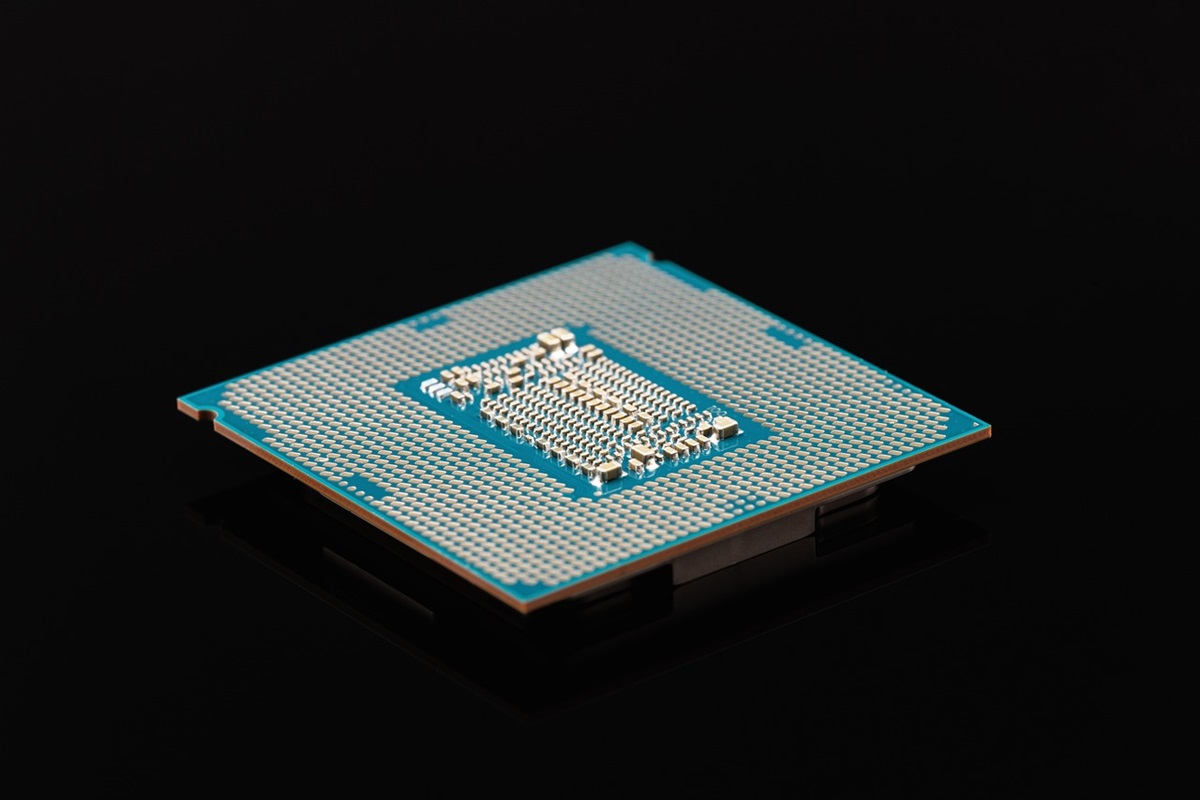Intel intends to spend $100 billion in four US states to build and expand chip manufacturing plants.

The mentioned company secured $19.5 billion in federal grants and loans. The firm also expects to receive another $25 billion. In this case, it means funds in the form of tax breaks.
In Intel’s plan to use financing, which totals $100 billion, including internal resources, as part of the implementation of its production capacity development strategy, the main element is the construction of a plant near Columbus, Ohio. Intel intends to create a manufacturing center on the currently empty fields in the mentioned region.
Last Tuesday, March 19, the company’s CEO Pat Gelsinger, while talking to reporters, said that the Ohio plant would become the largest artificial intelligence chip-making site in the world. According to him, this factory will start functioning in 2027. At the same time, he did not rule out the possibility of the plant starting to operate a year later and separately noted that the timing may change in the case of a downturn in the chip market.
It is worth noting that the statement about the largest production site should be taken moderately and cautiously, since in this case there is what can be symbolically described as delight at the large-scale start of a major project, in the context of which assessments may be exaggerated. At the same time, it is necessary to recognize the fact that Intel has the manufacturing and financial potential to achieve significant goals. The final answer about the importance of the future plant in Ohio in the global structure of making microcircuits will be given after the start of operation of this facility.
The United States government on Wednesday, March 20, announced the provision of federal funds to Intel under the Chips Act. Against the background of this news, the share price of the company headed by Pat Galsinger showed an increase of 4% in the premarket trading.
The above-mentioned Intel plan for the use of financial resources will be implemented within five years. This strategy, in addition to building a plant in Ohio, also provides for the revamping of production sites in New Mexico and Oregon. Moreover, as part of the specified plan, Intel will expand its operations in Arizona, where one of its main competitors Taiwan Semiconductor Manufacturing Co. (TSMC) is already implementing a factory construction project. The Taiwanese manufacturer expects to receive funding provided for by the actions of the administration of the President of the United States Joe Biden aimed at developing domestic making of advanced semiconductors.
The state investment provided as part of Mr. Biden’s plan to revive chip manufacturing in the United States is likely to help Intel improve its flawed business model.
For decades, the company, led nowadays by Pat Gelsinger, has been a world leader in making the fastest and smallest semiconductors. These products were sold at premium prices. The manufacturer invested the resulting profit in additional research and development, strengthening and maintaining its leading position. However, Intel’s market position has weakened significantly in the past decade. In this case, one of the main reasons for the loss of leadership was the rapid development and expansion of TSMC’s activities. Against the background of the successful efforts of the Taiwanese competitor, the profitability of Intel’s manufacturing operation has significantly decreased. The company had to reduce the price of its products to maintain market share. It is worth noting that Intel in this case competed with manufacturers of lower-quality goods.
In 2021, Pat Gelsinger announced the intention to regain the company’s leadership position. He stated that government support is needed for the successful implementation of the relevant plan. In this context, special attention was paid to such an aspect of the plan as profitability.
Pat Gelsinger said that about 30% of the $100 billion funding will be spent on the construction process. In this case, the list of costs includes labor, concrete, and pipelines. The other funds will be spent on the buying of tools for the production of chips from third-party companies, including ASML, Tokyo Electron, Applied Materials, and KLA.
Intel plans to carry out most of the purchases at the expense of existing cash flows. Pat Gelsinger says that a second round of financing for chip manufacturing plants in the United States is probably needed to restore the country’s position as a leader in the making microcircuits industry. According to him, for more than three decades, Washington has lost the mentioned sphere of activeness. He also noted that funding under the Chips Act will not make a profit over the next three to five years. Separately, Pat Gelsinger said that financing chip manufacturing in the United States at low-interest rates is smart capital. In his opinion, there is no need for another law stimulating the making of microcircuits.
Ben Bajarin, CEO of the analytical company Creative Strategies, says that Intel, despite federal backing, should demonstrate its ability to compete with rivals based in Taiwan and South Korea as soon as possible. According to him, it is important to know how much more smart capital this company will need to transform into a full-fledged independent player in the chip manufacturing industry.
Jimmy Goodrich, semiconductor export and technology advisor at RAND Corp., says that in general, Intel will be the most important maker of microcircuits for the interests of the United States, noting that this status will remain even if competitors emerge in the domestic market. According to him, only the company, headed by Pat Gelsinger, has a workforce, technology, and supply chain that is largely focused on the US. Jimmy Goodrich also stated that it is important to back the efforts of TSMC and Samsung implemented in the United States, but it is necessary to have a powerful homegrown production base.
The US Chips Act set aside $39 billion in grants and $75 billion in loans and guarantees. In this case, the United States Government is seeking to change the geographical vector of the global semiconductor manufacturing system, which is currently directed toward Asia. US Commerce Secretary Gina Raimondo said Washington is committed to making 20% of the world’s advanced logic chips by 2030, noting that in the context of related efforts, investing in Intel is one of the main moves.
As we have reported earlier, Intel Reportedly Survives Bid to Halt Millions in Sales to China’s Huawei.









